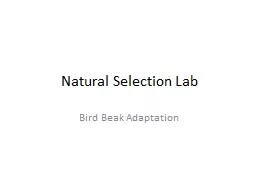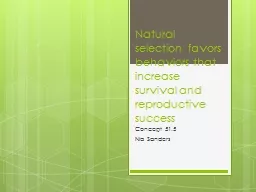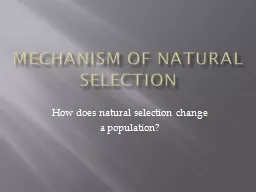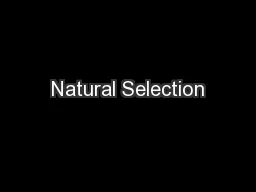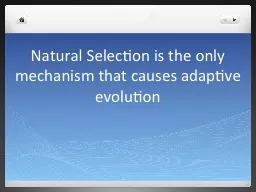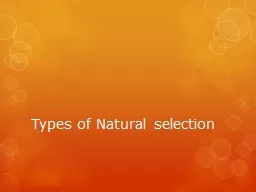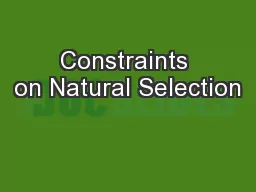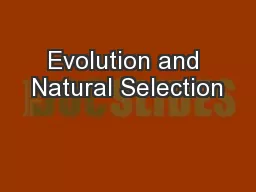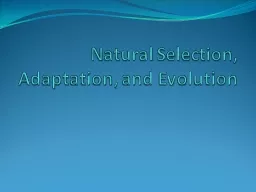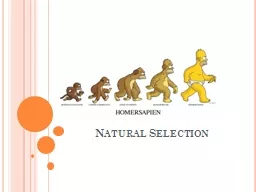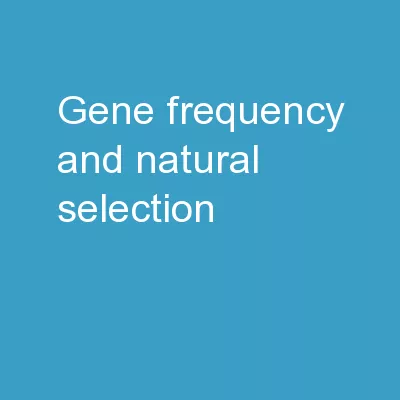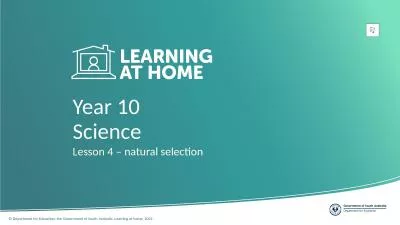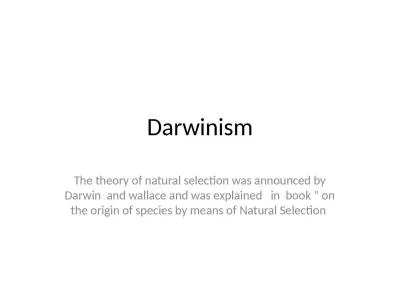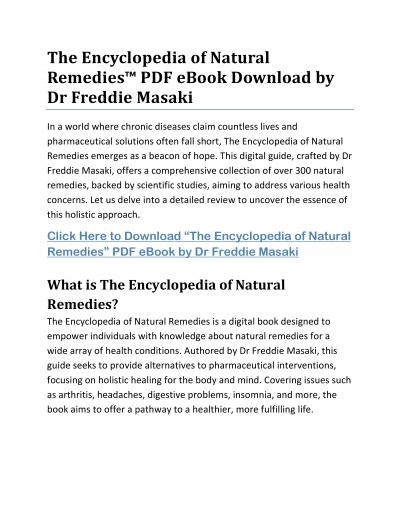PPT-Natural Selection Lab
Author : luanne-stotts | Published Date : 2017-07-15
Bird Beak Adaptation Background Hopefully you recall that Darwin was amazed by the variation in the characteristics of plants and animals he encountered on his journey
Presentation Embed Code
Download Presentation
Download Presentation The PPT/PDF document "Natural Selection Lab" is the property of its rightful owner. Permission is granted to download and print the materials on this website for personal, non-commercial use only, and to display it on your personal computer provided you do not modify the materials and that you retain all copyright notices contained in the materials. By downloading content from our website, you accept the terms of this agreement.
Natural Selection Lab: Transcript
Download Rules Of Document
"Natural Selection Lab"The content belongs to its owner. You may download and print it for personal use, without modification, and keep all copyright notices. By downloading, you agree to these terms.
Related Documents

